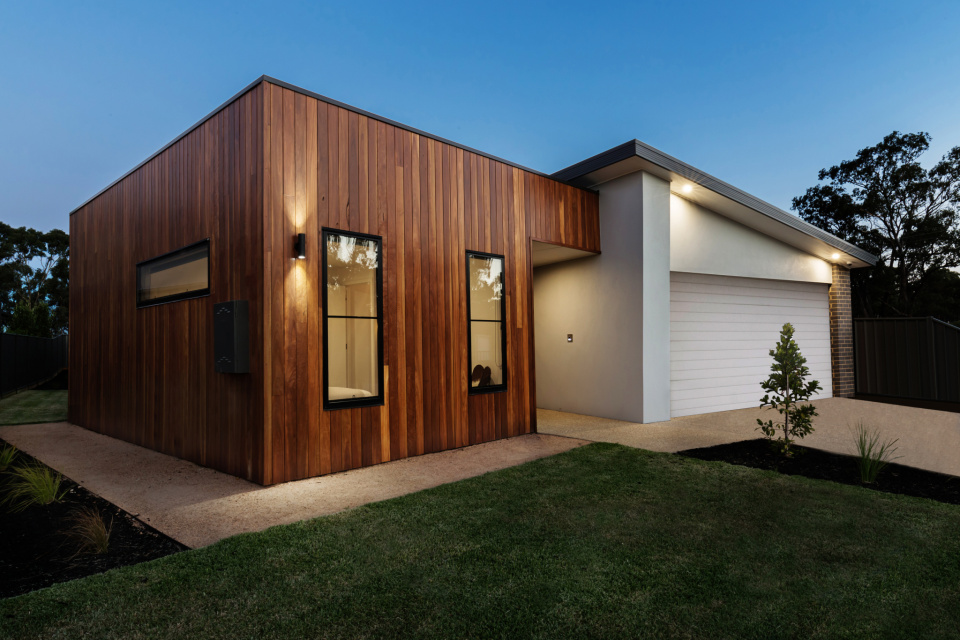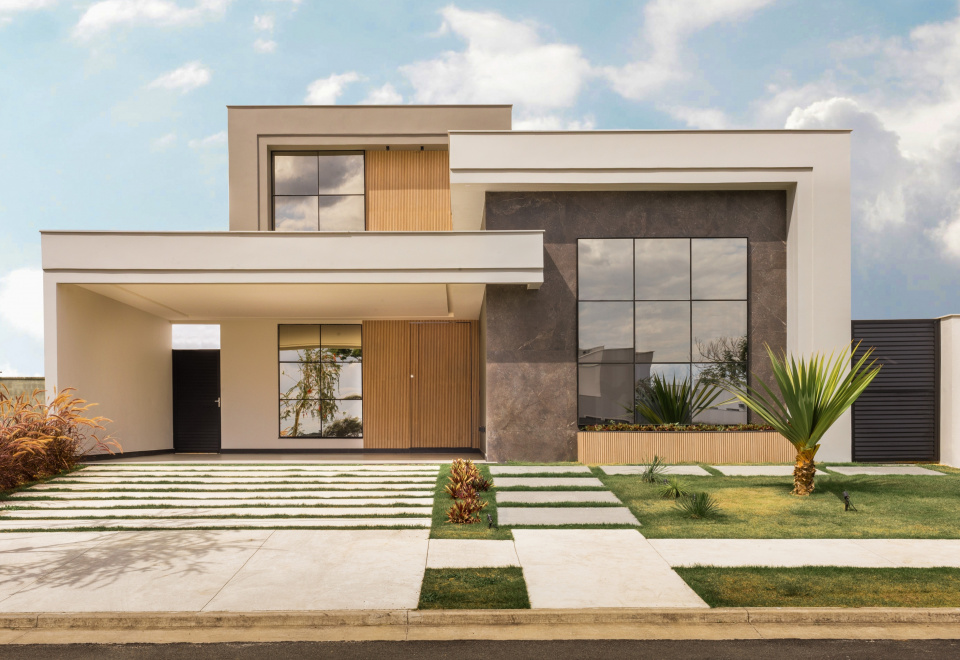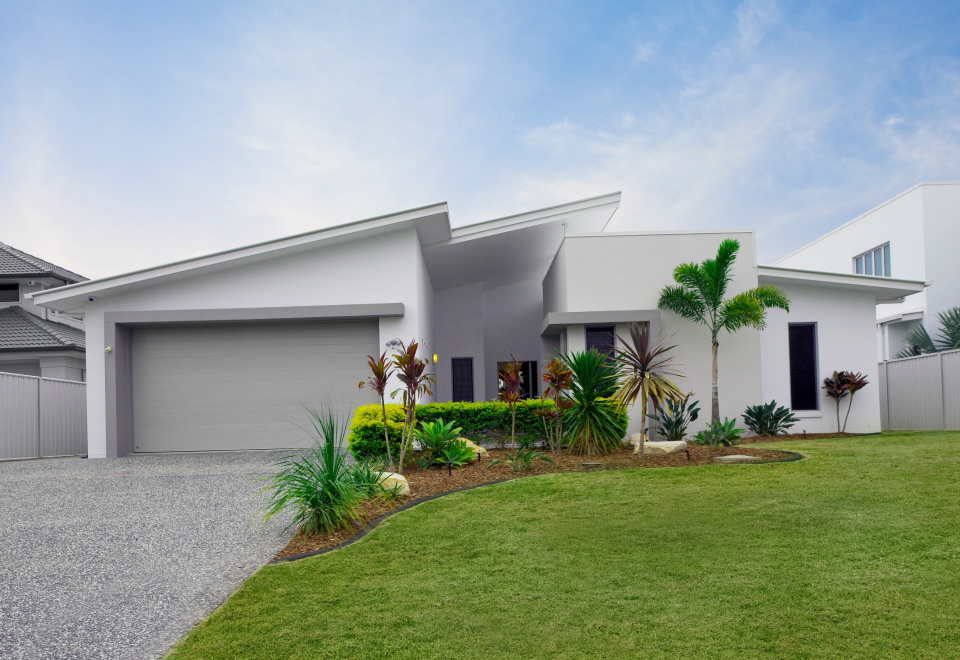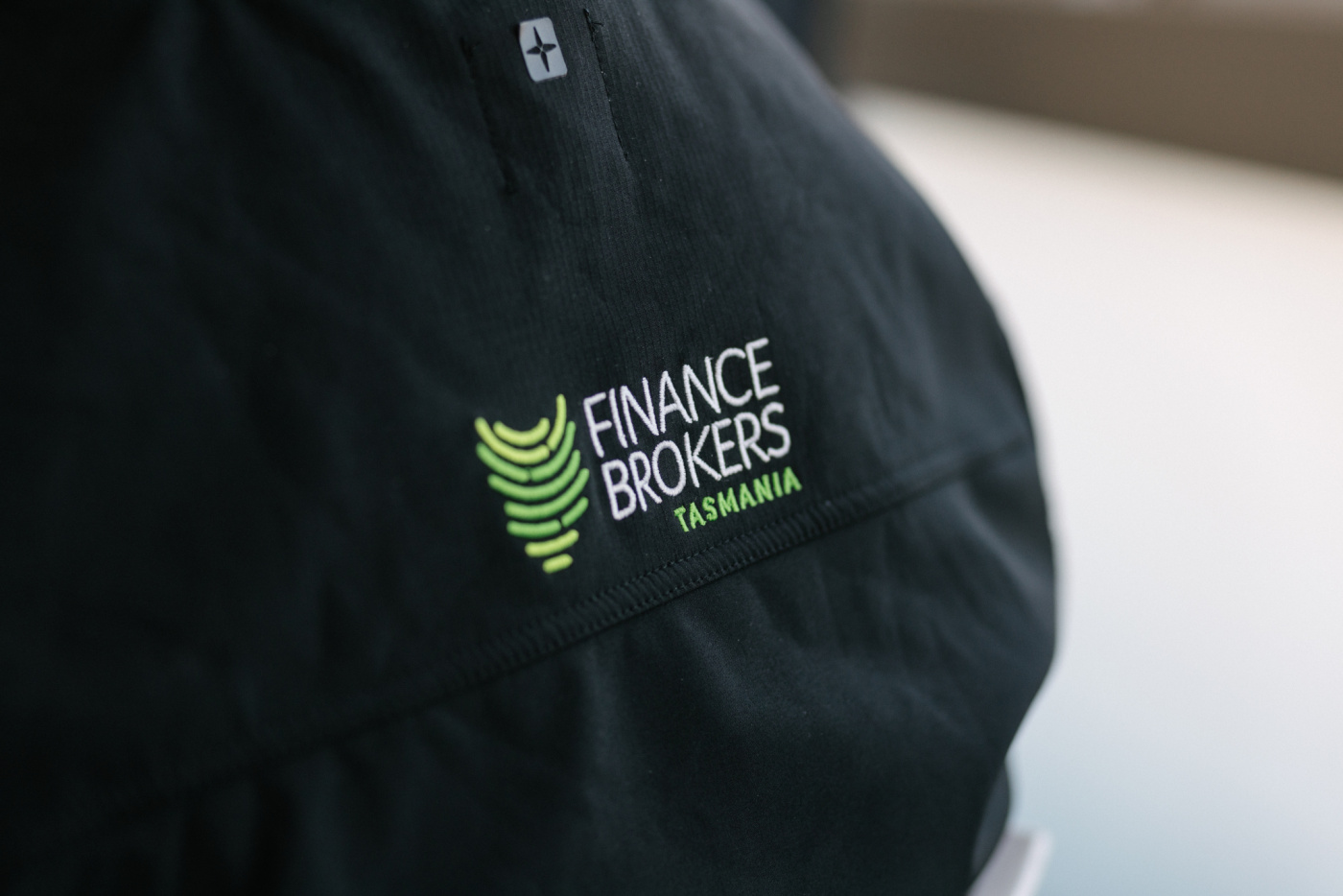Deciding between a fixed or variable rate on your home loan?
Deciding between a fixed or variable interest rate on your home loan can feel like a bit of a gamble. Both interest rate options come with their own advantages and considerations and choosing the right option will depend on your financial situation and long-term plans. You may even decide on a split loan option!
Read below to find out more or give one of our experienced mortgage brokers a call to discuss your options!
Fixed or variable rate home loan: What is right for you?
Understanding your mortgage options is crucial. When deciding between a fixed rate and variable rate home loan, it is essential to consider your individual circumstances and financial goals. Below are some questions to ask yourself:
- What is your risk tolerance? If you prefer to have stability when it comes to your mortgage, locking in a fixed rate period may be more suitable. However, if you are comfortable with some level of risk and want to potentially save money on future interest rate reductions, a variable rate could be the better option.
- How long do you plan to stay in your home? If you are planning to sell or refinance in the near future, a variable rate may be more appropriate as you won’t be locked into a fixed term.
- What’s your Financial Outlook? Consider the current economic climate and future interest rate forecasts. If interest rates are low and expected to remain stable or decrease, a variable rate loan may offer more potential savings.
- Can you Afford Potential Interest Rate Rises? If you are on a fixed budget, could you comfortably afford higher repayments if interest rates were to increase? If the answer is ‘no,’ you may feel more secure with a fixed rate period.
Ultimately the decision is a personal one. At Finance Brokers Tasmania, we can take you through the options and help you come up with a tailored home loan which meets all your needs.


Struggling to decide? Check out our split-rate home loan calculator.
Why choose between stability and flexibility when you can have both? A split rate home loan allows you to divide the loan into fixed and variable portions, giving you the best of both worlds! Enjoy the security of a fixed rate for part of the loan while benefiting from the potential savings and features of a variable rate. It’s a great solution and you can choose how much you want to split. Make it 50/50, 40/60, 70/30, the decision is yours!
Advantages & Disadvantages of a Fixed Rate Home Loan
Predictable Repayment
Obviously the most significant advantage of a fixed rate loan is the predictability it offers. Your monthly repayments remain unchanged throughout the fixed period, providing you with a sense of security and making budgeting easier.
Protection Against Interest Rate Rises
If interest rates increase during your fixed term, you won’t be affected. This can be reassuring during times of economic uncertainty when rate rises are unpredictable.
Limited Flexibility
While fixed rate loans come with a sense of security, they often come with less flexibility and features than variable rates. The interest rate will generally be slightly higher than the variable rate meaning you will be paying more.
During the fixed period, you may find you are unable to make additional repayments and you may incur a substantial cost if you want to break the fixed term.
Potential To Miss Out On Savings
Here’s the gamble: if variable rates reduce during the fixed term, you won’t benefit from lower repayment until your fixed term ends or you choose to refinance, which as mentioned could involve additional costs.
Preparing For The Fixed Term To End
As of April 2024, Australia has seen 13 interest rate rises since May 2022. Many borrowers were savvy and fixed their rates while they were at record lows. What this means for them now is the cost of their home loan repayments, coming off fixed rates, have significantly increased. If you opt for a fixed rate loan, make sure you are prepared and budget for the new repayment amount when term ends.


Advantages and Disadvantages of a Variable Rate Home Loan
It always pays to check the costs when comparing home loans, so you know exactly how much the loan is going to cost you. Credit providers must provide you with information about all charges before you sign the contract. Different lenders will have different costs and the same charge may just have a different name. At Finance Brokers Tasmania we review all the best loans and compare the total cost for you. Below are some of the costs we take into account when helping you find the best available deal.
Flexibility
Variable rate home loans typically offer more flexibility and features than a fixed rate option. You can generally make extra repayments on your loan without penalty, Variable rates may also give you additional features such as redraw facilities and the option of an offset account.
Potential For Lower Repayments
When interest rates decrease, your mortgage repayment will decrease too. Potentially saving you money over the life of your home loan.
Exposure To Interest Rate Rises
The flip side when it comes to variable rates is, of course, when interest rates rise so do your repayments.
Less Predictability
Interest rates can fluctuate which has never been more obvious in Australia over the last few years. Increased repayments can make budgeting more challenging compared to the security of a fixed rate home loan.
Flexibility To Switch To A Fixed Rate Or Split Rate Loan
Having decided to go with a variable rate on your home loan doesn’t mean you have missed out. You are still able to move to a fixed rate or split rate option if you choose. Just speak with your mortgage broker.

Your Home Loan Solution!
Need help deciding on the best option for you? Contact us today to arrange an appointment with one of our experienced mortgage brokers. They will help you tailor a home loan that meets your needs.
-

Buy a Home with as little as a 5% deposit From 1 October 2025, the Australian Government is rolling out a major expansion to the Home Guarantee Scheme, making it easier for first-home buyers to get into the property market with as little as a 5% deposit. Below is a summary of the changes available from the



